Who says traditions are off-limits? Even Halloween’s classic trick-or-treating isn’t safe. In recent spooky celebrations, many Americans traded the familiar door-to-door routine for something new: trunk-or-treating.

Rather than meandering through residential areas, children congregated around automobiles in parking lots, grabbing candies from creatively adorned open trunks featuring giant spiders and spooky ghouls.
The Ever-Tightening Grip
But it’s not just a Halloween thing; it’s a glimpse into a broader truth – cars have a firm grip on American life. With an average of about two cars per household, the U.S. has a stronger car bond than any other big country.
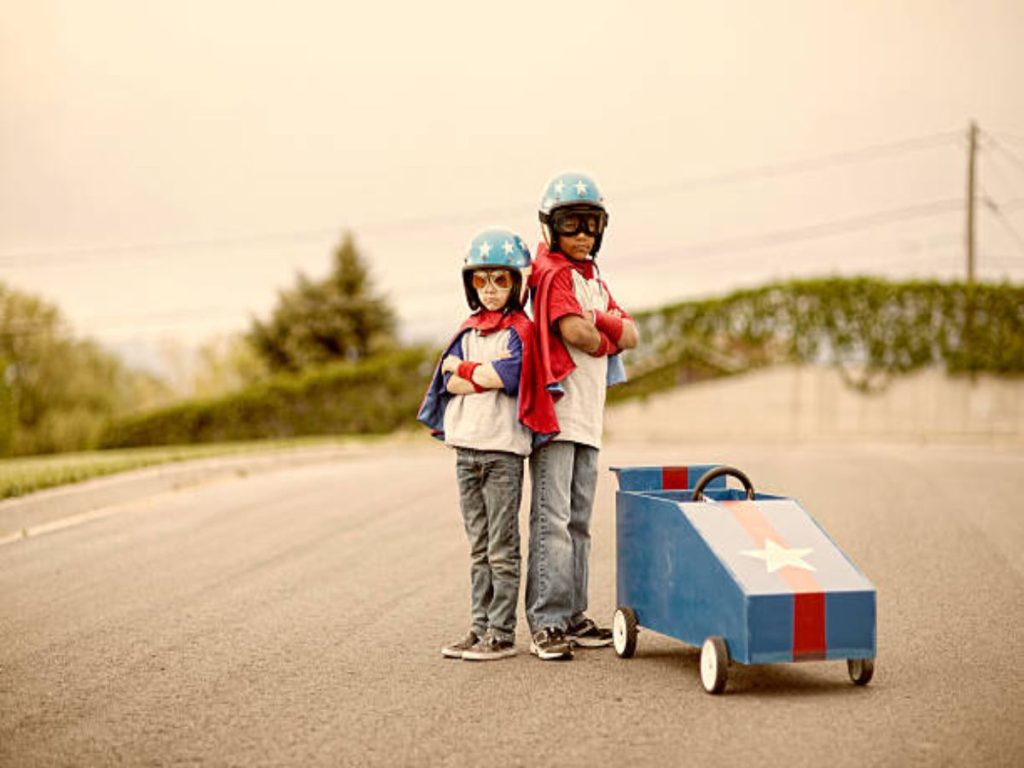
And this bond comes with a set of challenges, from health issues like obesity to environmental concerns like pollution and the never-ending sprawl of suburbs.
Embracing the Suburban Shift
Despite the nightmares some associate with it, more Americans willingly embrace a car-centric lifestyle by residing in the suburbs. Census data shows that after decades of consistent growth, slightly over half of the U.S. population now calls the suburbs home.

It’s a classic case of differing views between elites (who might frown upon cars and suburbs) and the masses (who seem to enjoy them).
The Road to American Convenience
Convenience undoubtedly takes center stage in the evolution of American cities. The 1920s saw the introduction of the Model T, which laid the foundation for the car-centric design that has shaped a landscape with wide roads, convenient access to expressways, and plenty of parking.
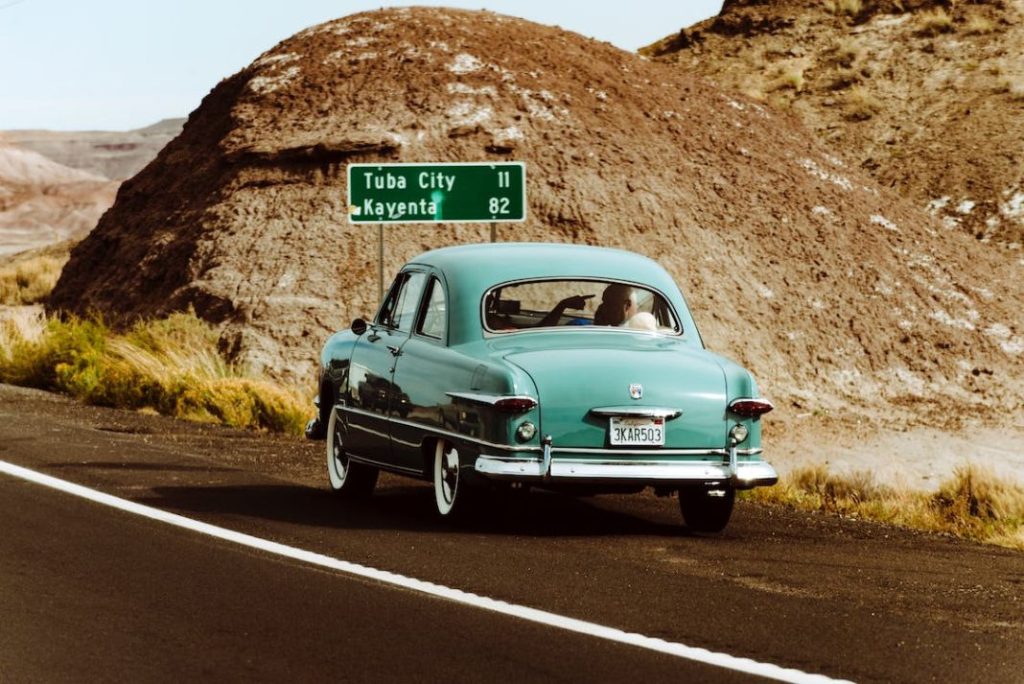
While other countries have followed suit to varied degrees, America has mastered the technique.
Accelerating Ahead
Some economists examined road speeds in 152 nations in an August study financed by the World Bank. As expected, wealthier countries outperform their less prosperous neighbors.

Within this exclusive group, the United States emerges as the leader, with traffic flowing around 27% faster than fellow OECD members, a group of mostly wealthy countries. Notably, an incredible 19 of the world’s fastest cities proudly fly the American flag.
The Need for Speed
It’s not just about better roads; it’s a testament to America’s unique love affair with suburban living and the charm of smaller towns with a suburban vibe. Compared to other OECD countries, American cities have 24% lower population density, 72% more land area, and 67% more extensive transportation networks.
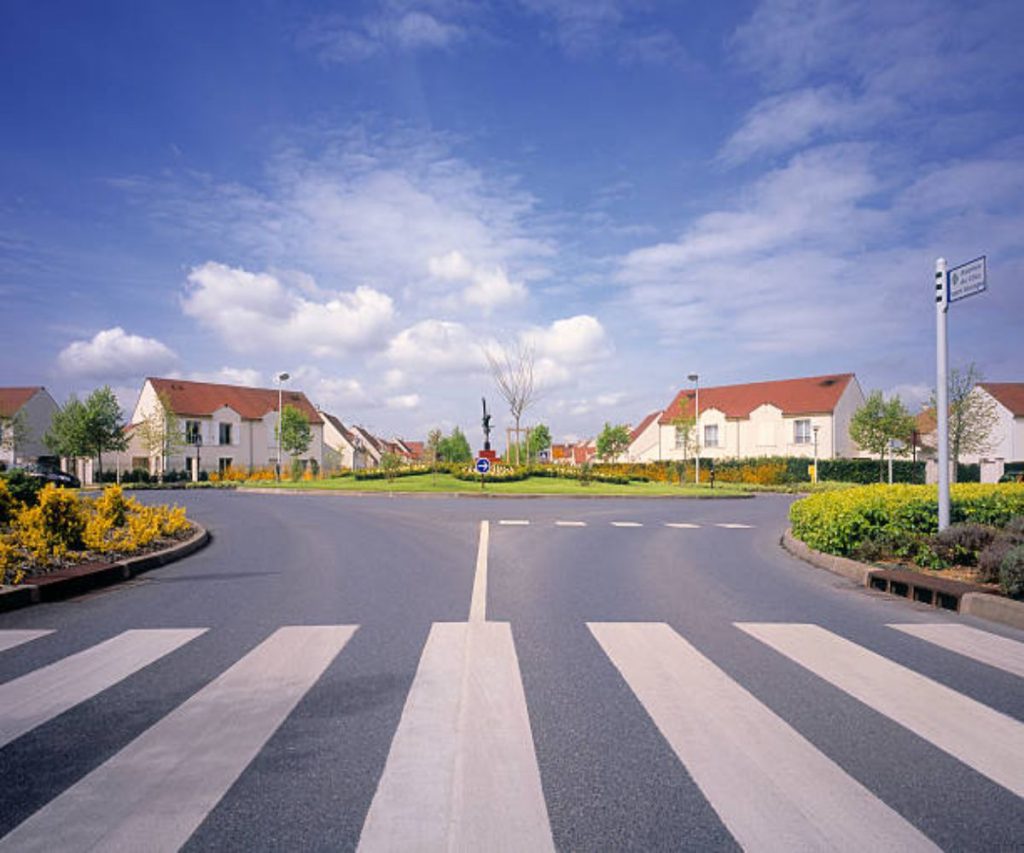
With rare exceptions like congested New York, this roomy arrangement allows cars to move quickly about.
The American 15-Minute City
Have you ever heard of the “15-minute city”? It’s the current buzz in urban planning, seeking to build districts where everything necessary is a bike ride away. Many Americans may not consider this to be groundbreaking.
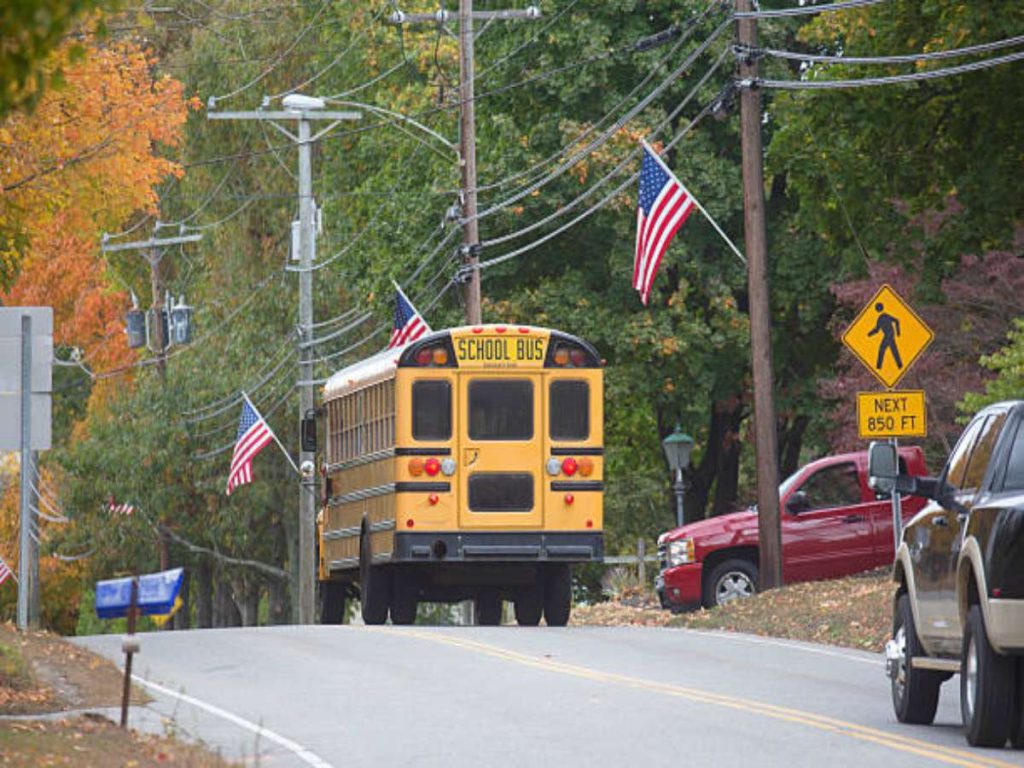
Why? Because, as long as it involves a car, the 15-minute city concept is old news to them. In Kansas or Greensboro, suburban life provides easy access to groceries, schools, parks, and other amenities.
The Surprising Perk of Car Culture
Have you ever considered the advantages of having vehicles everywhere? A recent Yale University study led by Lucas Conwell contrasted American and European urban regions, revealing an unexpected benefit: American cities are generally more accessible.
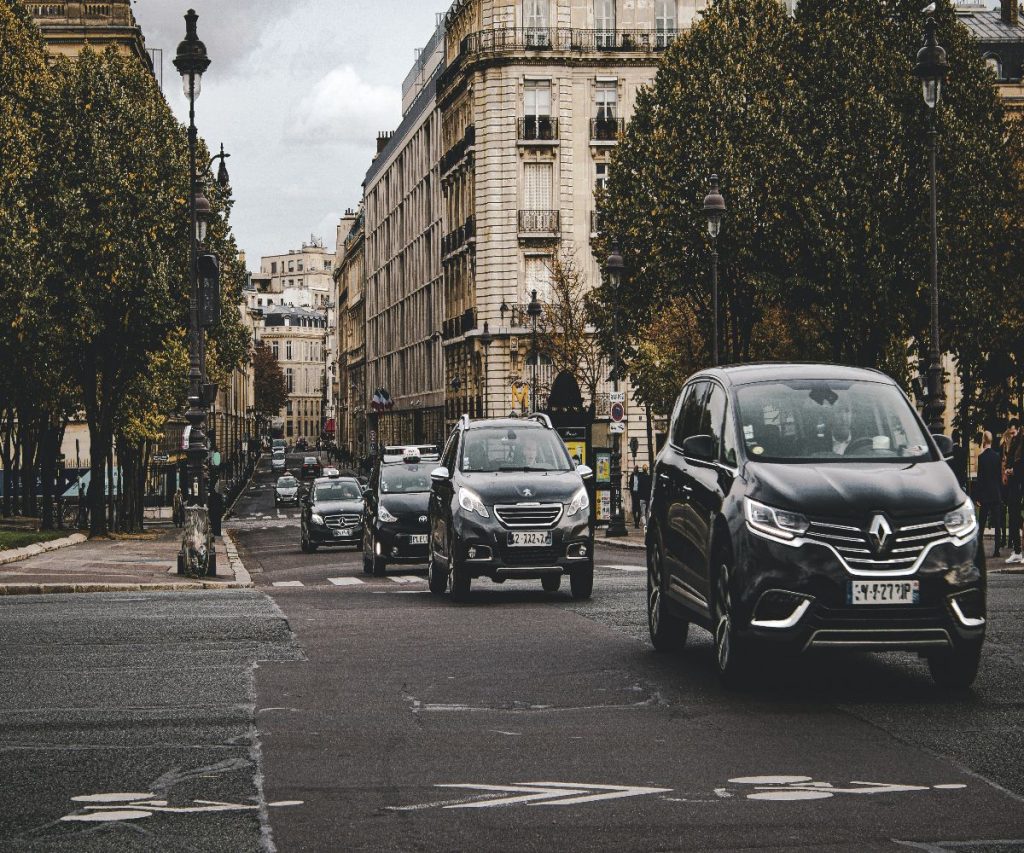
In America, the average area accessible by public transportation for zones 15-30 minutes from city centers is 34 square kilometers, while in Europe, it is 63 square kilometers.
Cars and the Suburban Dream
This phenomenon has drained vibrancy from downtown cores as people flee to distant homes at day’s end. But here’s a silver lining: this accessibility has opened the door to larger houses and quieter streets for a broad cross-section of the country.
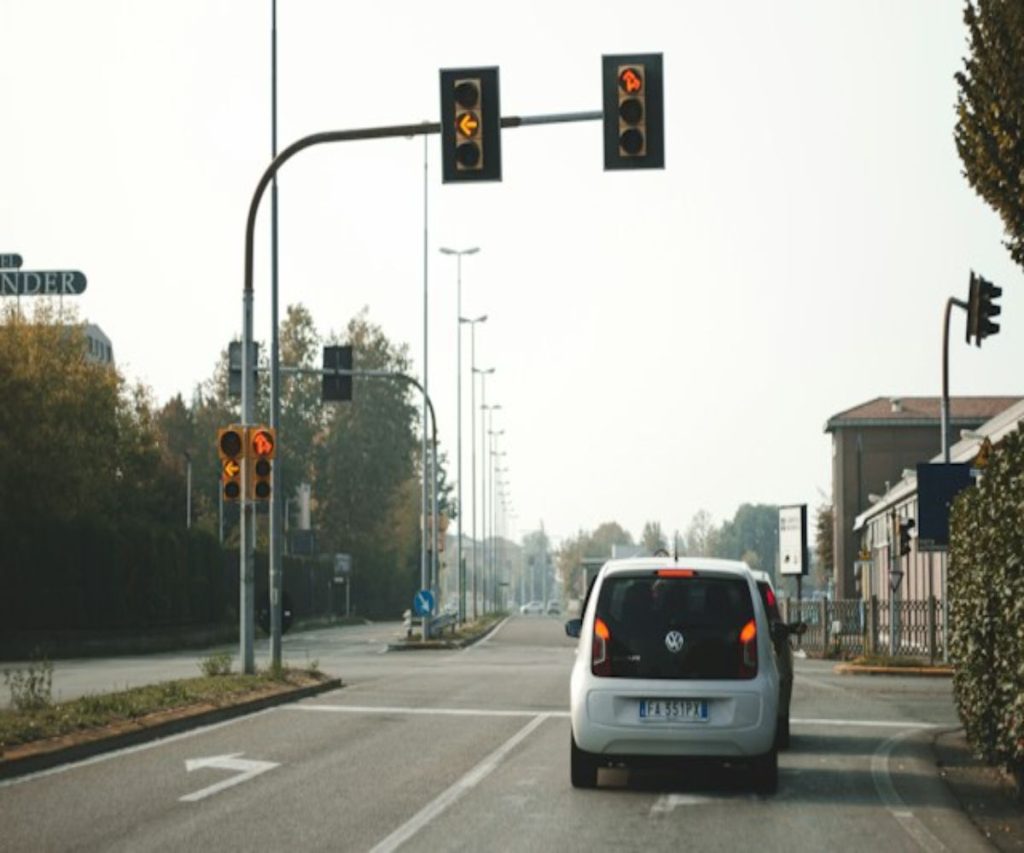
Analyzing the 2020 census, William Frey of the Brookings Institution noted a remarkable shift. Suburbia surged, with non-white residents rising from 20% in 1990 to 45% in 2020.
Beyond Cars
Cars aren’t a panacea, especially given the financial burden they place on the working class. While complaints about public transportation reverberate throughout American cities, the perception isn’t totally accurate.
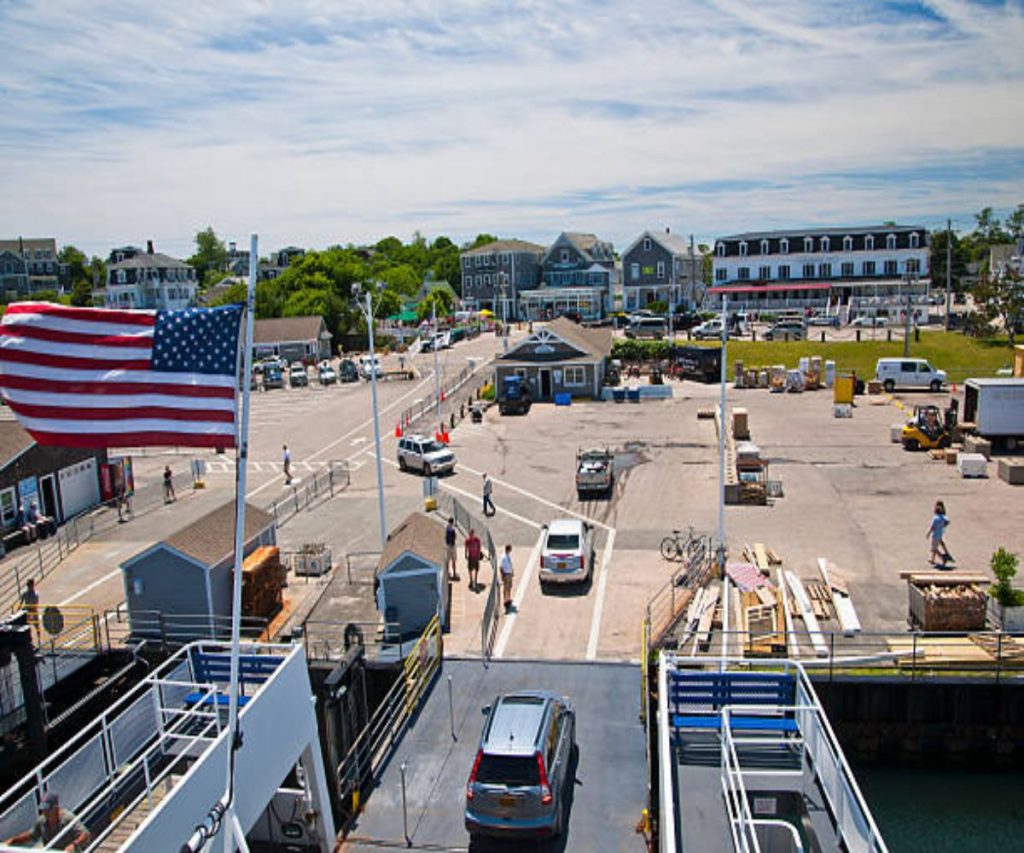
An unexpected finding emerges in the study led by Mr. Conwell and colleagues: bus-based transportation in America is remarkably effective, particularly between remote suburbs and city centers, and can compete with European counterparts.
America’s Shifting Relationship with Cars
What is the takeaway? Cities designed for automobiles can smoothly embrace public transit, demonstrating that there is more to the road than meets the eye. Signs point to a shift in America’s automotive culture amid upheaval.
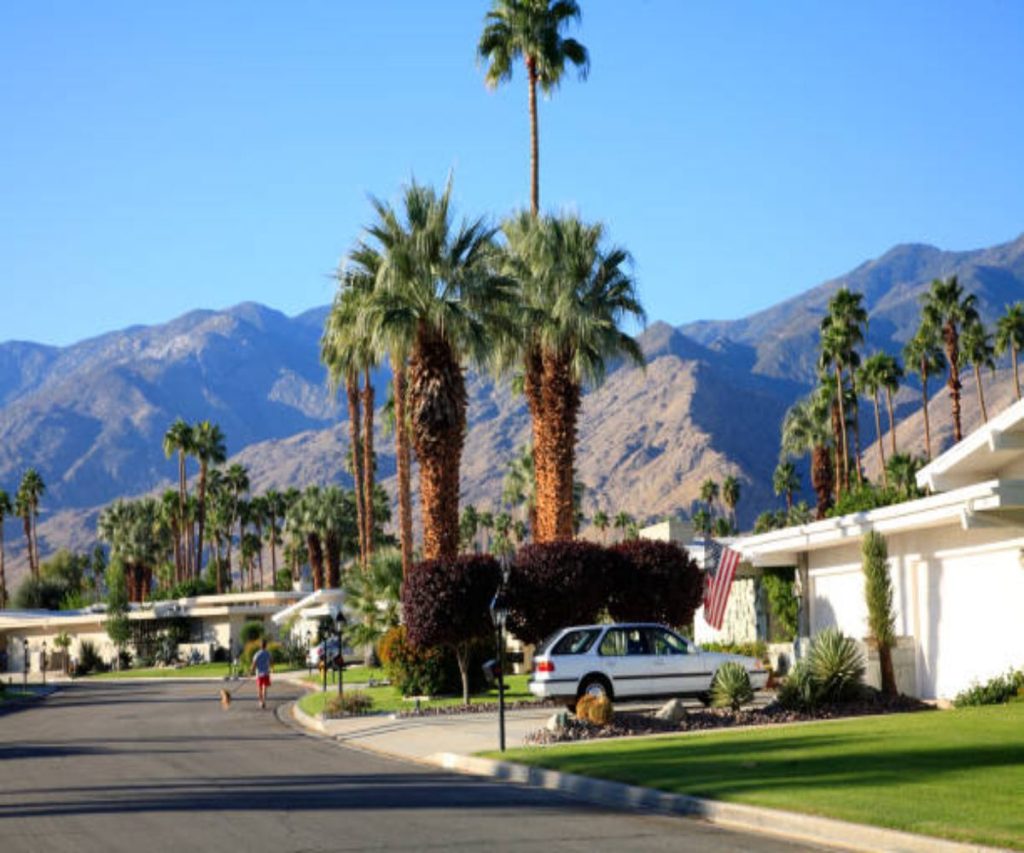
Younger generations are putting a stop to driving, communities are creating walkable areas, and even New York City is considering congestion charges. The concept of a less car-dependent America is no longer a pipe dream.
Cars in the Balance of Change
Nonetheless, the COVID-19 era adds a twist to this developing scene. The shift to remote employment has transformed lives, perhaps tipping the balances back in favor of automobiles. With fewer people using public transportation, the roads are clearer for drivers.
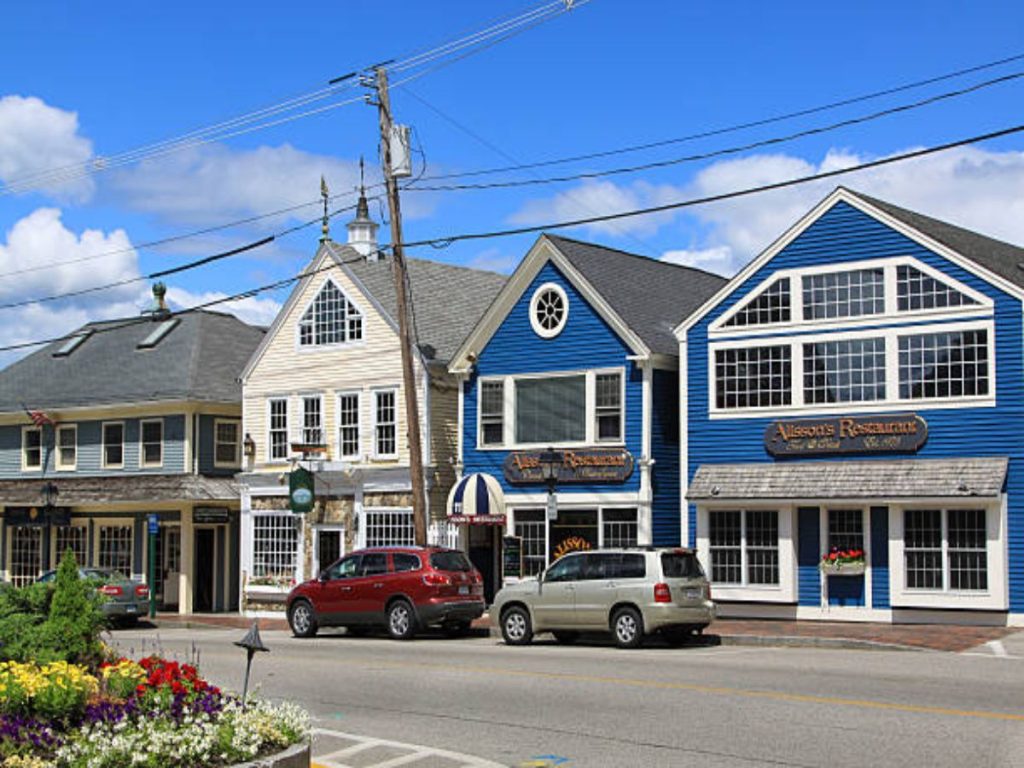
The future is unknown, but one thing is sure: trunk-or-treating, profoundly ingrained in American culture, is here to stay.
